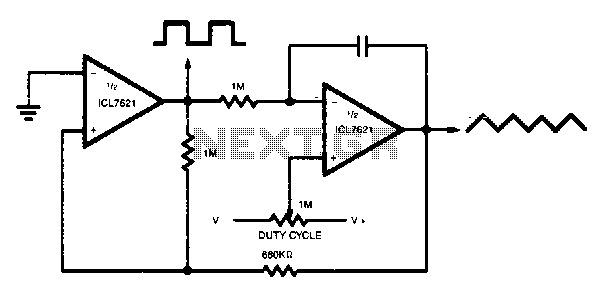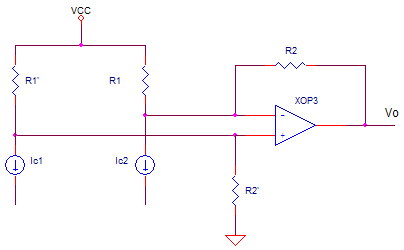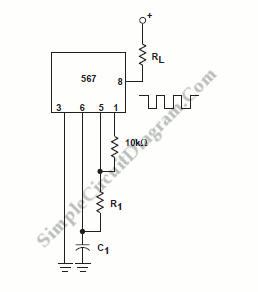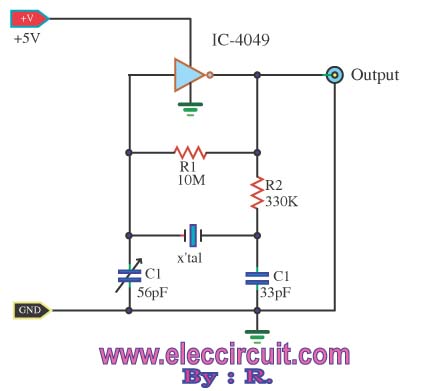
Stepper Motor Generator
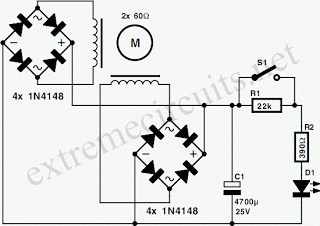
Any stepper motor can be utilized as a generator. Unlike other types of generators, a stepper motor generates a significant induced voltage even at low rotational speeds.
A stepper motor operates by converting electrical energy into mechanical motion through a series of discrete steps. This characteristic can be leveraged in reverse, allowing the motor to act as a generator when subjected to mechanical rotation. When the rotor of a stepper motor is turned, it induces a voltage across its windings due to electromagnetic induction, which is the principle behind generator operation.
The induced voltage is a function of the speed of rotation and the design of the motor. At low rotational speeds, stepper motors can produce a surprisingly high voltage, making them suitable for applications where low-speed mechanical energy needs to be converted into electrical energy, such as in renewable energy systems or energy harvesting devices.
The output voltage can be monitored and regulated, and additional circuitry may be required to condition the generated voltage for specific applications. This includes rectification, filtering, and voltage regulation to ensure that the output meets the required specifications for the load being powered.
In practical applications, the use of a stepper motor as a generator can be integrated into systems where mechanical energy is available, such as wind turbines or human-powered devices, enhancing energy efficiency and sustainability. Proper selection of the stepper motor based on its specifications, including winding configuration and step angle, is crucial to optimize performance when used in generator mode.Any stepper motor can be used as a generator. In contrast to other generators, a stepper motor produces a large induced voltage even at low rotational spe.. 🔗 External reference
A stepper motor operates by converting electrical energy into mechanical motion through a series of discrete steps. This characteristic can be leveraged in reverse, allowing the motor to act as a generator when subjected to mechanical rotation. When the rotor of a stepper motor is turned, it induces a voltage across its windings due to electromagnetic induction, which is the principle behind generator operation.
The induced voltage is a function of the speed of rotation and the design of the motor. At low rotational speeds, stepper motors can produce a surprisingly high voltage, making them suitable for applications where low-speed mechanical energy needs to be converted into electrical energy, such as in renewable energy systems or energy harvesting devices.
The output voltage can be monitored and regulated, and additional circuitry may be required to condition the generated voltage for specific applications. This includes rectification, filtering, and voltage regulation to ensure that the output meets the required specifications for the load being powered.
In practical applications, the use of a stepper motor as a generator can be integrated into systems where mechanical energy is available, such as wind turbines or human-powered devices, enhancing energy efficiency and sustainability. Proper selection of the stepper motor based on its specifications, including winding configuration and step angle, is crucial to optimize performance when used in generator mode.Any stepper motor can be used as a generator. In contrast to other generators, a stepper motor produces a large induced voltage even at low rotational spe.. 🔗 External reference
